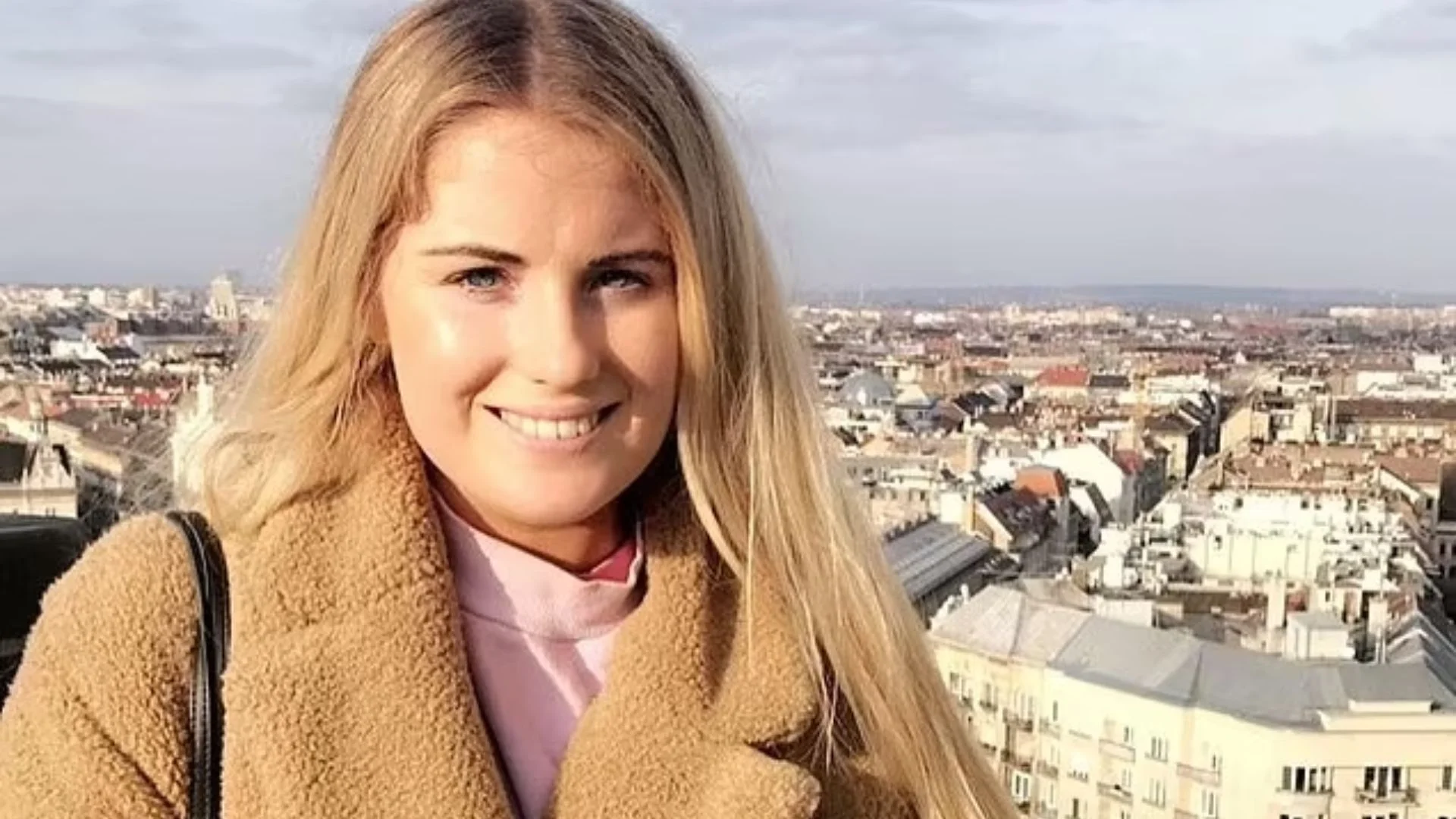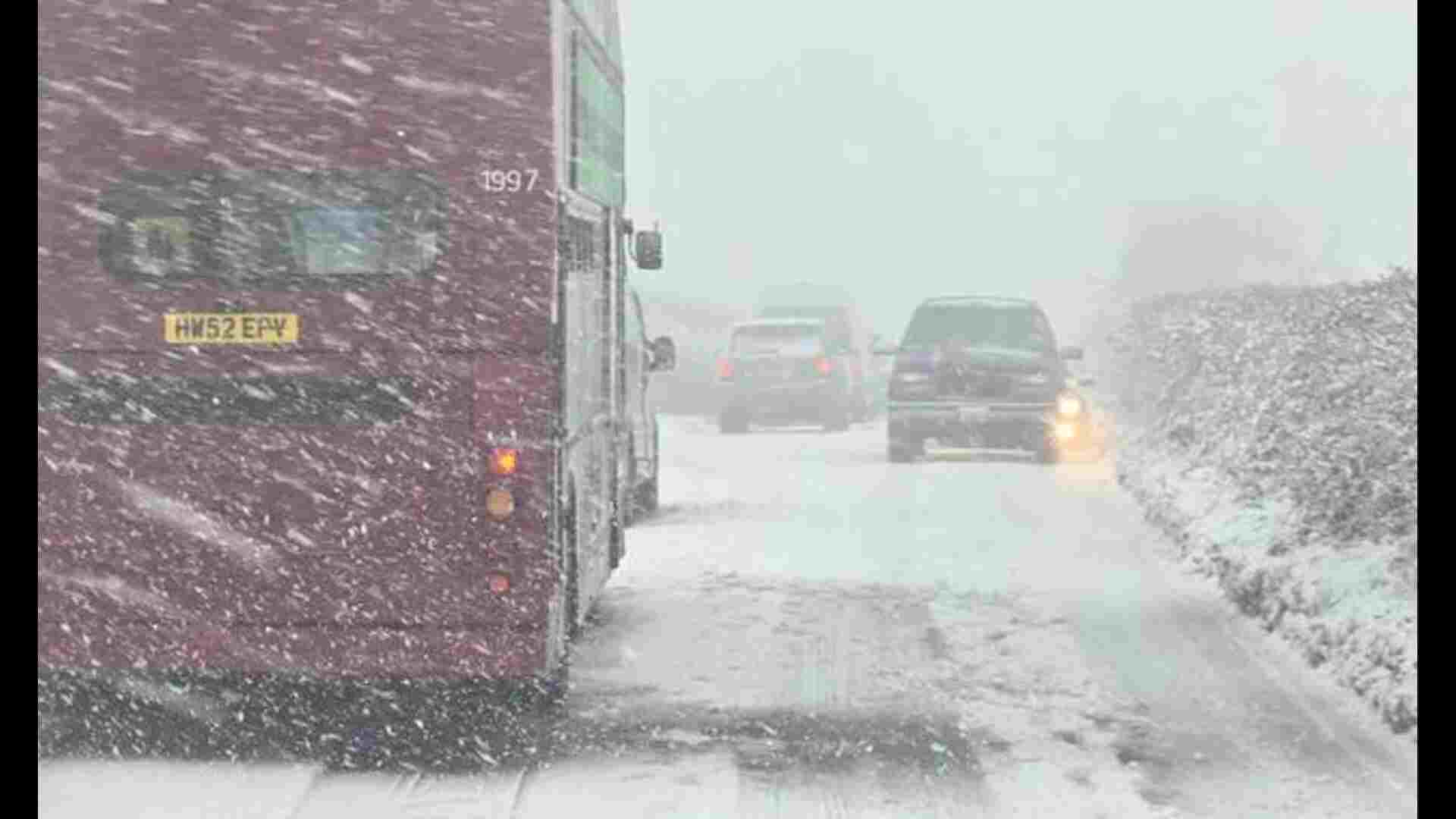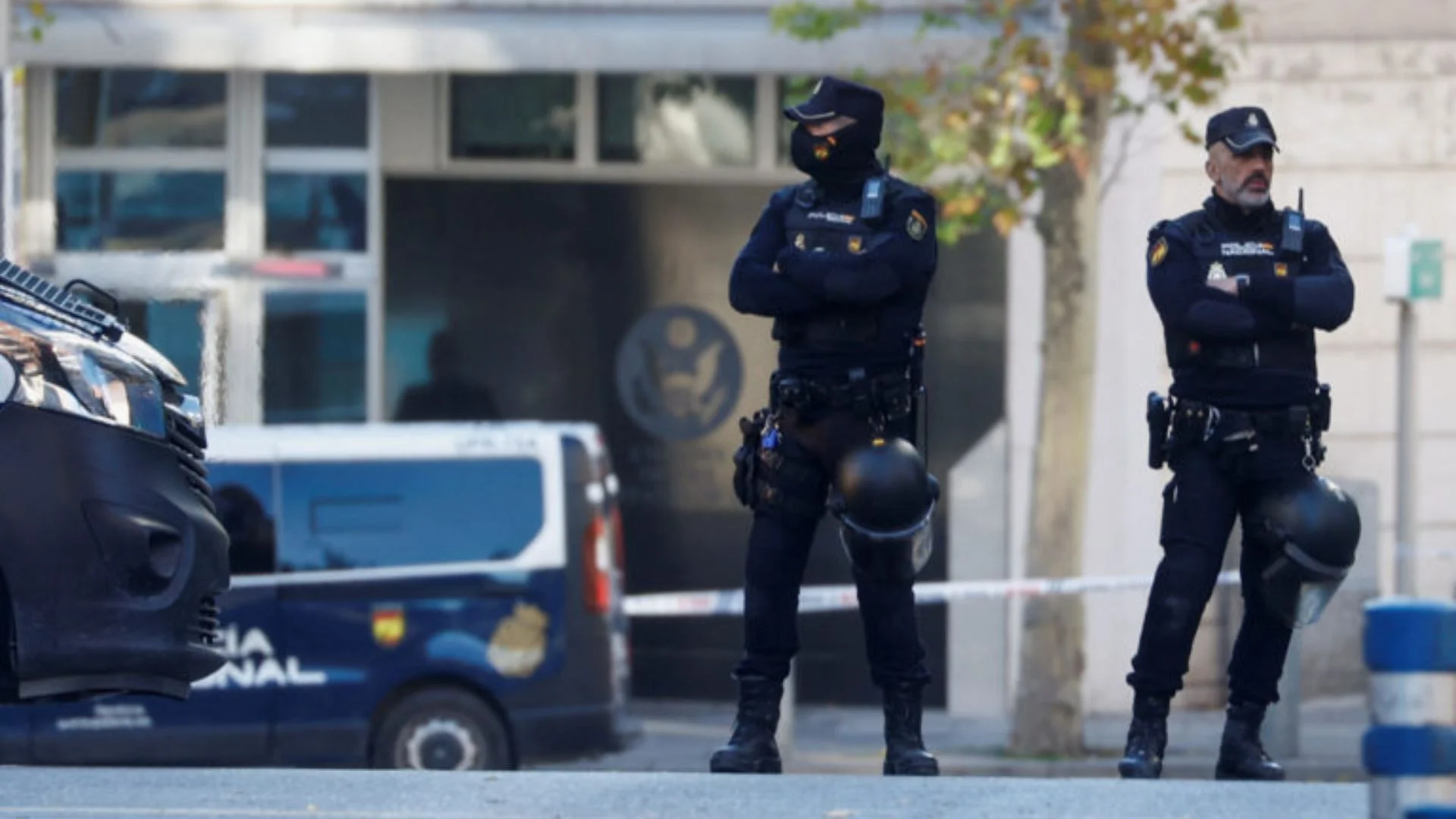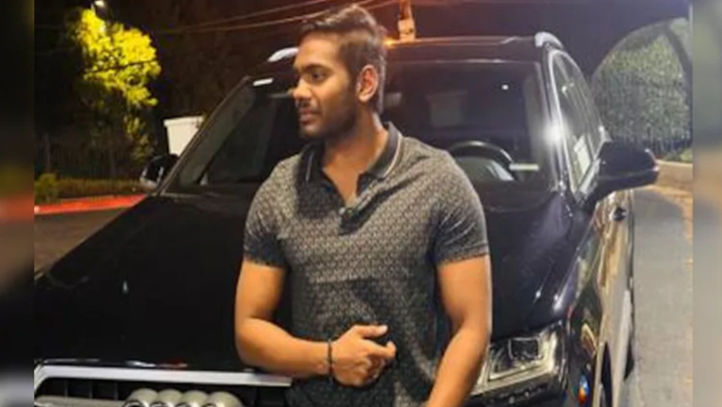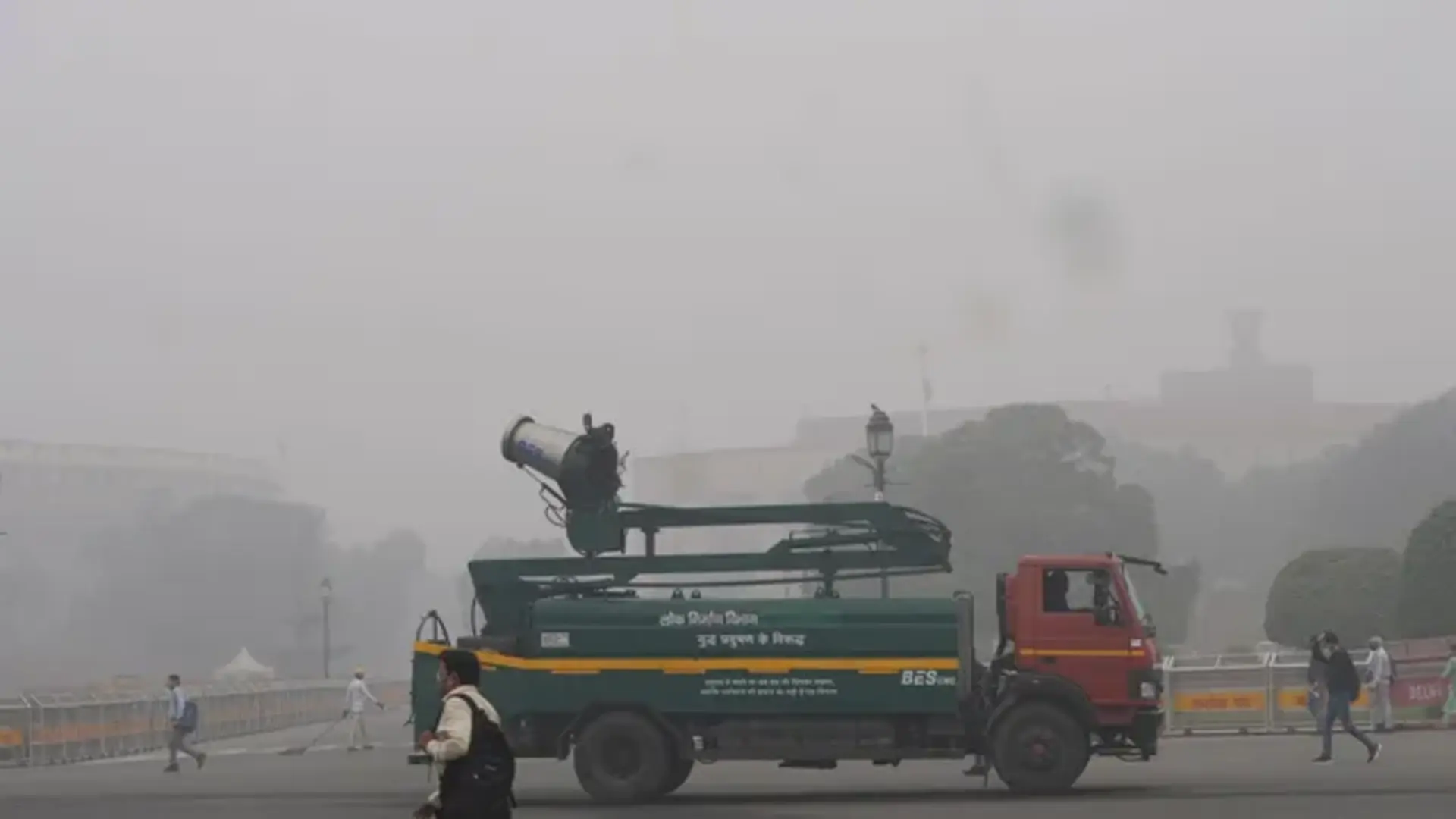While shedding light on the all-important evidentiary value of the extra judicial confession and so also on how it hinges a lot on the person to whom it is made and under what circumstances they can be accepted, the Supreme Court as recently as on March 14, 2023 in a recent, robust, rational and remarkable judgment titled Pawan Kumar Chaurasia vs State of Bihar in Criminal Appeal No. 2230 of 2010 acquitted a man who was convicted of double murders under Section 302 of the Indian Penal Code and propounded that, “Generally, it is a weak piece of evidence. However, a conviction can be sustained on the basis of extra-judicial confession provided that the confession is proved to be voluntary and truthful. It should be free of any inducement. The evidentiary value of such confession also depends on the person to whom it is made. Going by the natural course of human conduct, normally, a person would confide about a crime committed by him only with such a person in whom he has implicit faith. (Para 5).” In addition, the Bench also clearly mandated that, “Normally, a person would not make a confession to someone who is totally a stranger to him. Moreover, the Court has to be satisfied with the reliability of the confession keeping in view the circumstances in which it is made. As a matter of rule, corroboration is not required. However, if an extra-judicial confession is corroborated by other evidence on record, it acquires more credibility. (Para 5).”
FACTUAL BACKGROUND
At the very outset, this learned, laudable, landmark and latest judgment authored by Hon’ble Mr Justice Abhay S Oka for a Bench of the Apex Court comprising of himself and Hon’ble Mr Justice Rajesh Bindal sets the ball in motion by first and foremost putting forth so very elegantly, eloquently and effectively in para 1 that, “The appellant who is accused no.1 was prosecuted along with four others for the offences punishable under Section 302 read with Section 34 as well as Section 201 of the Indian Penal Code (for short, ‘IPC’). The appellant has been convicted for both offences. For the offence under Section 302 read with Section 34 of IPC, he has been sentenced to undergo life imprisonment. The High Court confirmed the conviction of the appellant, whereas the remaining four accused were acquitted.”
To put things in perspective, the Bench then while dwelling on the facts of the case envisages in para 2 that, “First informant is one Lakhi Prasad Chourasia (PW-5). First Information Report (FIR) was registered on 20th June 1989. The statement of the first informant on the basis of which the FIR was registered notes that it has been recorded in the presence of Radhey Prasad Mandal (PW-1); Kisan Lal Mandal (PW-4); Satya Narain Mandal (PW-6); and Mohammad Tamijuddin (PW-7). It is alleged that on 10th June 1989, PW-5 had lodged a missing report. The missing report was in respect of his son Kamlesh and nephew Bulla, son of one Hira Chaurasia (PW-9). They were missing from 02nd June 1989. PW-5 stated that at about 02:00 p.m. on 20th June 1989, he received a secret information that both the boys had been murdered by the present appellant in association with others. Therefore, he along with the persons mentioned above went to the house of the appellant and made inquiries. Though initially, the appellant denied, after some persuasion, he admitted in presence of the aforesaid persons that he and four others (co-accused) had killed both the boys by strangulating them and had concealed their bodies in the field of one Bhagirath at Nakki Bari. PW-5 along with the appellant and others went to the said field. The appellant removed the soil and both dead bodies were found. Thereafter, he came to the police station and lodged a complaint.”
As it turned out, the Bench then discloses in para 3 that, “The prosecution examined 10 witnesses. PW-1 Radhey Prasad Mandal; PW-2 Jagdish Prasad Chourasia; PW-3 Shobha Lal Mandal; PW-4 Kisan Lal Mandal; PW-5 the complainant himself; and PW-6 Satya Narain Mandal were declared hostile. According to the prosecution case, the appellant had made a confession in presence of these witnesses. PW-7 Md. Tamijuddin; PW-8 Suchai Mandal and PW-9 Hira Lal Chourasia supported the prosecution case and deposed about the extra-judicial confession made by the appellant to them. PW-10 is a doctor who performed the autopsy. The Investigation Officer was not examined. The conviction of the appellant is based on the extra-judicial confession. Both the Courts have believed the prosecution case regarding the alleged extra-judicial confession.”
As we see, the Bench then observes in para 4 that, “With the assistance of the learned counsel appearing for the parties, we have perused the depositions of the prosecution witnesses and in particular P.W. nos.7 to 9 and the findings recorded by the courts below.”
EVIDENTIARY VALUE OF EXTRA-JUDICIAL CONFESSION
Most significantly, what constitutes the cornerstone of this most commendable judgment is then succinctly stated in para 5 wherein it is mandated that, “As far as extra-judicial confession is concerned, the law is well settled. Generally, it is a weak piece of evidence. However, a conviction can be sustained on the basis of extra-judicial confession provided that the confession is proved to be voluntary and truthful. It should be free of any inducement. The evidentiary value of such confession also depends on the person to whom it is made. Going by the natural course of human conduct, normally, a person would confide about a crime committed by him only with such a person in whom he has implicit faith. Normally, a person would not make a confession to someone who is totally a stranger to him. Moreover, the Court has to be satisfied with the reliability of the confession keeping in view the circumstances in which it is made. As a matter of rule, corroboration is not required. However, if an extra-judicial confession is corroborated by other evidence on record, it acquires more credibility.”
ANALYSIS OF EVIDENCE
Most remarkably, while evaluating the evidentiary value of the evidence, the Bench then hastens to add in para 6 observing that, “As narrated earlier, PW-1 to PW-6 including the complainant himself whose son was killed did not support prosecution. The case of the prosecution was that the appellant had confessed to PW-1 to PW9. We have carefully analyzed the evidence of P.W. Nos.7, 8 and 9 who were the only material prosecution witnesses. Here is the analysis of their evidence:-
(a) PW-7 has stated that on 20th June 1989 at about 02:30 p.m. when he along with PW-1 and PW-6 and other persons were talking near the gate of Bhagirath Mandal, PW-5 came there and told them that he had received information that Pawan(appellant) had murdered his son Kamlesh and nephew Bulla and had concealed their dead bodies. The prosecution has made no attempt to investigate into the source of the alleged information received by PW-5.
(b) The version of PW-8 Suchai is different. PW-8 Suchai’s name is not mentioned in the complaint of PW-5. PW-8 Suchai claims that on 06th June 1989, he heard the appellant telling two persons that he had murdered two boys and had concealed their dead bodies. It is pertinent to note that though PW-8 had knowledge about the alleged confession made by the appellant on 06th June 1989, he did not complain to the police. The omission to report to the police is very significant as he was admittedly the uncle of the deceased Bulla. His silence creates more suspicion about the prosecution case.
(c) PW-8 stated that he along with others went along with the appellant to the place where dead bodies were buried. His version is that the appellant made a confession when he along with others was sitting at the gate of Bhagirath. The witness has not stated that PW-1 to PW-9 visited the house of the appellant on 20th June 1989 when the appellant made the extra-judicial confession. Though PW-8 did not say so, PW-9 Hiralal stated that it was PW-8 who took out the dead bodies after some digging was made by the appellant.
(d) As far as PW-9 Hiralal is concerned, he is the father of Bulla. He has not stated the place at which the extra-judicial confession was allegedly made by the appellant. He simply stated that 19 days after his son went missing, the appellant disclosed in his presence to one Bhagirath (not examined by the prosecution), PW-1, PW-4 and PW-6 that he had murdered both the boys and had concealed their dead bodies in the field of Bhagirath. His version is that it was Suchai (PW-8) who took out the bodies. However, PW-8 himself did not state that he took out the bodies.
(e) According to the version of PW-7, PW-1 did not inform him about any extra-judicial confession made by the appellant but PW-1 informed him that he had received the information that the appellant had murdered both boys. Out of these three witnesses, PW-7 is the only witness who stated that the appellant made the confession in his own house.
(f) According to the version of PW-7, in the afternoon of 20th June 1989, he was informed by PW-5 that the appellant had murdered both the boys. There is no explanation as to why PW-7 did not approach the police. This conduct of the witness is unnatural.
(g) None of these three witnesses who supported the prosecution, have stated that the appellant was either their relative or a close acquaintance. In fact, they have not even stated that they personally knew the appellant. There is nothing on record to show that the relationship between the appellant and these three witnesses was such that the appellant had implicit faith in these three witnesses and, therefore, he confided with them.
(h) Even after the alleged extra-judicial confession of committing murder was made before them by the appellant, PW-7 to PW-9 did not report to the police. The prosecution case is that without informing the police, they accompanied the appellant to the field of Bhagirath where dead bodies were found buried. This conduct of PW-7 to PW-9 is unusual and unnatural. PW-7 to PW-9 are not consistent about the place at which the alleged confession was made.
(i) There is no explanation offered by the prosecution for not examining Bhagirath who was also present according to PW-9 when the alleged confession was made. This omission becomes more significant as the dead bodies were allegedly found in his land.”
CONCLUSION
Finally and far most significantly, the Bench then concludes aptly by enunciating in para 7 that, “Hence, the prosecution’s case about extra-judicial confession does not inspire confidence at all. Moreover, there are no other circumstances brought on record which could support or corroborate the prosecution case. Therefore, in our considered view, the evidence in form of the extra-judicial confession of the appellant deserves to be discarded. Admittedly, there is no other evidence against the appellant. Therefore, the conviction of the appellant cannot be sustained at all. Accordingly, the impugned judgments are set aside and the appellant is acquitted of the offences alleged against him. The bail bonds of the appellant stand cancelled. The appeal is allowed.”
In sum, we thus see that the Apex Court has so very rightly, rationally and refreshingly discarded the extra-judicial confession of the appellant and acquitted him most commendably of the offences alleged against him for the reasons as stated hereinabove. It therefore certainly merits no reiteration at all that all the courts including the High Courts and so also the District Courts must always definitely pay heed to what the Apex Court has held so very clearly, cogently and convincingly in this leading case while deciding similar such cases. It is certainly a no-brainer that the earlier this is done, the better it shall be in the paramount interest of justice which certainly must be always paramount under all circumstances!
